Emergency Equipment Program
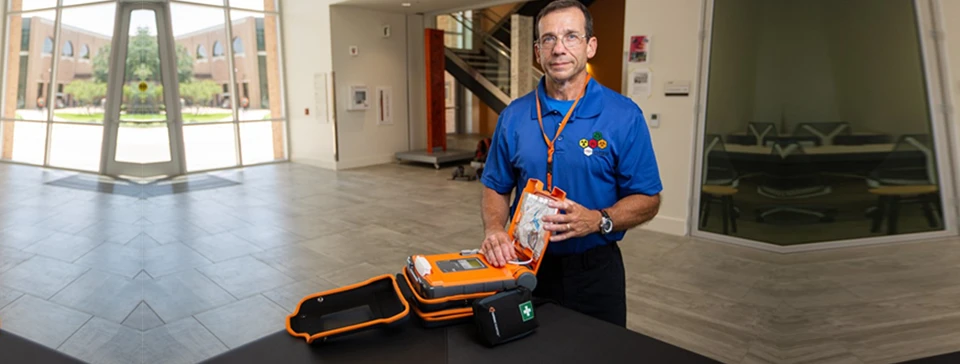
Program Mission:
To ensure that emergency equipment (specifically Automated External Defibrillator (AEDs), First Aid cabinets, and safety shower/eyewash stations) are available and ready to use and that personnel are trained to use the equipment if needed. To reduce the risk of injuries and save lives by promoting awareness in high-risk areas.
AED (Automated External Defibrillators)
- There are 116 AEDs throughout the UTRGV campus (Edinburg, Harlingen, Brownsville, Coastal Studies, and Rio Grande City), and the number continues to grow. Several brands and models of AEDs are located throughout the institution. Take a look at the one nearest you!
- Each AED has a kit that contains trauma scissors, a pair of medical gloves, a shaving razor, a CPR breathing barrier, and a small towel.
- EHSRM inspects the AEDs the electrode pads, batteries, signage, and AED kits on a monthly basis..
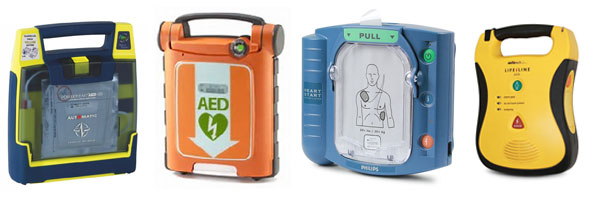
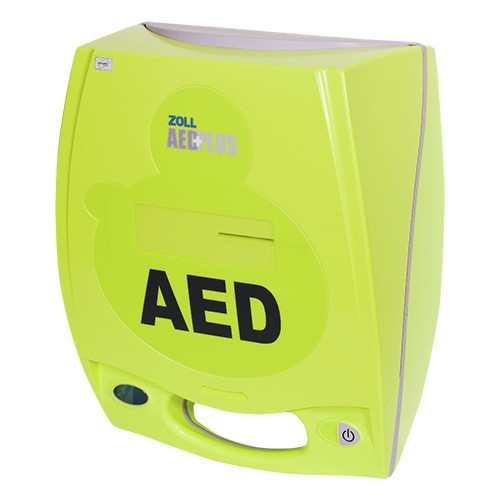
Every minute that passes without the benefits of CPR and use of an AED, lowers the victim’s chance of survival by 7-10 percent.
AED Distribution Map
Stop The Bleed Kits
- A stop the bleed kit is located in each AED cabinet.
- The kit contains materials that can be used in an emergency when "life-threatening" bleeding is present.
- Stop the Bleed training is offered through EHSRM and is open to all students and employees.
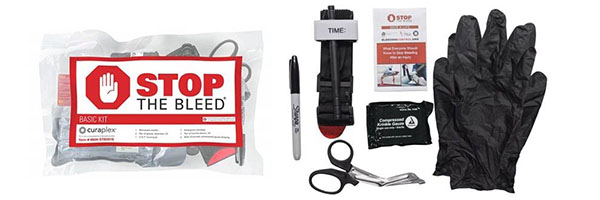
First Aid Cabinets
- There are 33 large first aid cabinets located in Edinburg, Brownsville, South Padre Island, and Port Isabel.
- The cabinets contain cold compresses, trauma pads, assorted bandages and dressings, assorted infection control wipes, exam gloves, CPR breathing barrier, trauma scissors, burn treatment, tweezers, and medical tape.

First Aid Distribution Map
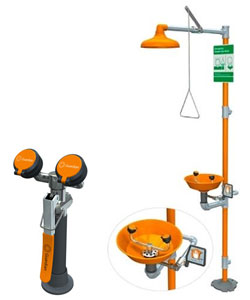
Safety Shower / Eyewash Stations
- There are 342 eyewash stations and/or safety showers throughout all UTRGV buildings.
- These are used for emergency decontamination in the event that someone is exposed to a hazardous chemical. The safety showers can also be used if someone's clothing catches fire.
- They are located near areas where corrosives are utilized or stored.
- Safety showers, eyewash stations, and all other types of emergency equipment must not be blocked by anything at any time.
EHSRM offers Adult and Pediatric First Aid/CPR/AED training that can teach you basic first aid for chemical burns or severe bleeding, how to perform CPR, how to use an AED, and other life-saving skills.
Register here: www.utrgv.edu/training
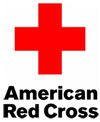

EHSRM Program Manager
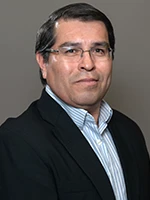
Martin Salazar
Part-Time Non-Student
ESCNE Bldg. 1.432
Martin.Salazar@utrgv.edu
(956) 665-2185
